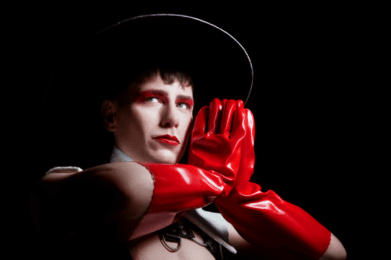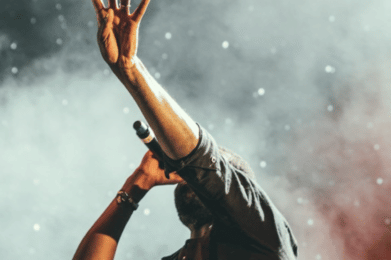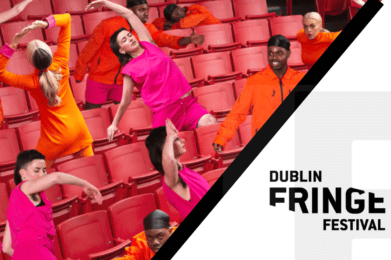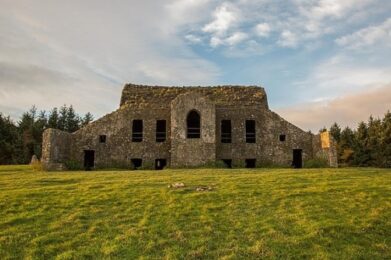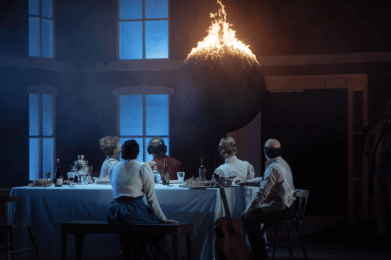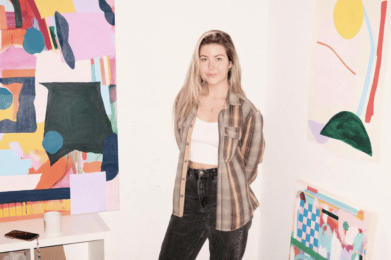Book Review: Andy Warhol and Friends: 1965-1966
When we think of Andy Warhol, we often manifest a version of him from his later career. The icy eccentric, bespectacled with messy blonde hair, partying with Jean-Michel Basquiat and Madonna in New York nightclubs. What’s fascinating about the deep-dive offered in Steve Shapiro’s Andy Warhol and Friends: 1965-1966 is the new perspective it reveals.
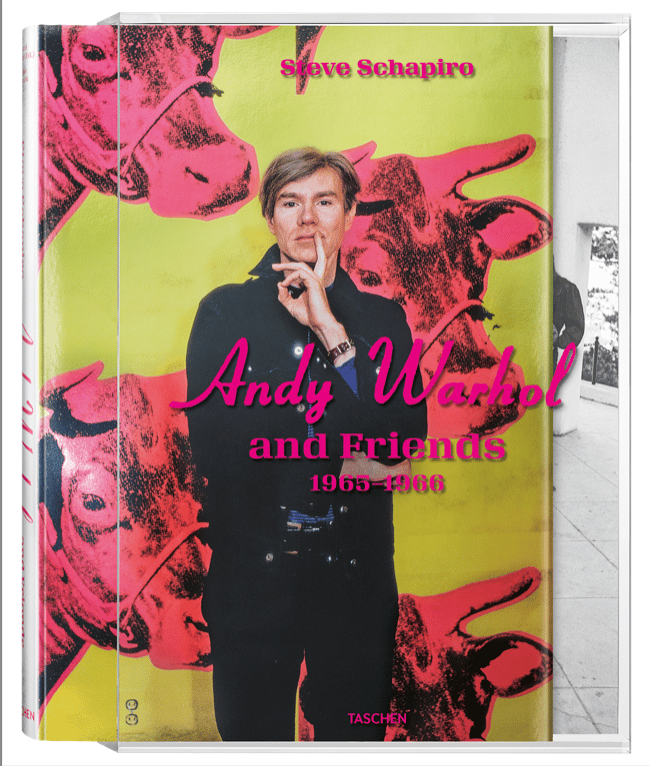
In Andy Warhol and Friends: 1964 – 1966. We get access to the artist during a lesser-known period of his life, all from the lens of a single photographer, Steve Schapiro, who documented Warhol and his glamorous collaborators. His collection of portraits shows the artist in black-and-white, at the height of his rise to stardom.
In the snappy introduction, Pop Life, Blake Gopnik argues that Warhol’s radical performance art began in the mid-sixties. Having cultivated his position in the New York art scene from the 1950s onwards, the turning-point came with his first solo show in Philadelphia, 1965. This was when Warhol began turning himself into a sort of artwork, a self-made character that would become a permanent fixture in art history. Warhol embodies a person being shaped and finessed like an artwork.

Schapiro’s photography arguably captures the beginning of this tradition. From quiet moments to extravagant gallery openings, he documents Warhol’s life and movements from 1965 into the following year. We get new insights into The Silver Factory, Warhol’s famous art studio. We see exhibitions, imagining the thrills and bewilderment the audiences feel upon seeing the painted Campbell soup cans and Kelloggs boxes. Most interestingly perhaps, we see his time at the Castle, an elaborate mansion in the Hollywood Hills. He holidayed there with Nico and the Velvet Underground [Warhol was their manager], who appear in many portraits. Creating art in luxurious accommodation, they bask in an upmarket version of Californian counterculture. Schapiro’s documentation of these scenes is complimented by stylish concert photography. The whole book has the feel of a visual biography.
Contextualizing the experience is an interview with Schapiro himself. The photographer’s first-hand account contextualizes the time-period, and he emphasizes that this was a turning point in Warhol’s career. “Artistically, Andy was at a crossroads during the time of these pictures.” This is an important body of work in the history of 20th century art, giving us an unparalleled overview of Warhol as he became a Pop Art giant.

Looking through these photos creates a humanizing effect. Warhol becomes less alien, less unassailable. He’s smiling, goofing around, showing normal human emotions that he’d later take great care to conceal. Schapiro recounts how the inflatable silver shapes were set up in the Ferus Gallery for his 1966 show, and that everyone was huffing helium to elicit funny voices. The photographs capture a sense of fun in the making of these pieces and experiences. Even to see Warhol preparing one of his balloons – creating a work rather than standing in front of a finished product – is a rare and welcome viewpoint. There is often a warmth to the nostalgic snapshots.
Although the faces may be famous, the friendships and fun is captured with charming authenticity. Andy Warhol and Friends: 1964-1965 is simply a must-read for aficionados of Andy Warhol and the Pop Art movement. It provides a retro celebration of music, 1960s Americana, and the art-world en masse. At the heart of it all is Warhol. As the artist himself declares: “The best thing about a picture is that it never changes, even when the people in it do.”


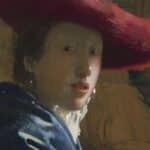

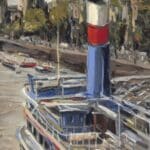


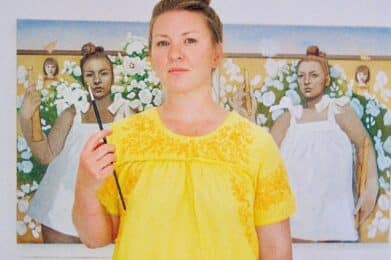
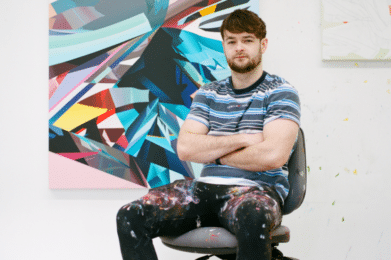

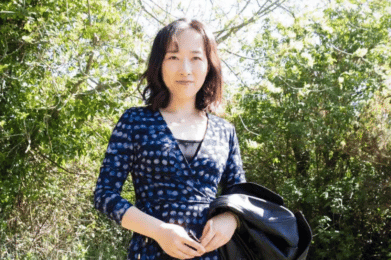



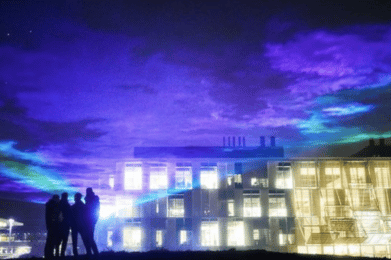

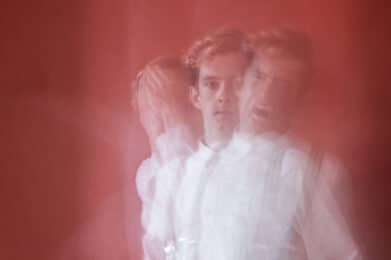
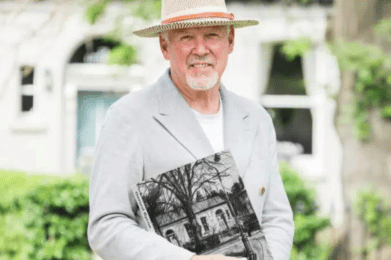

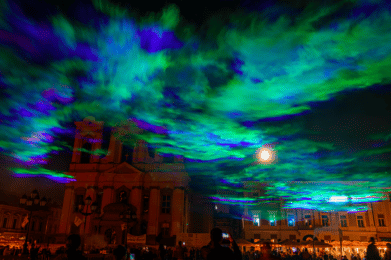

![Conversation with Maser: “I found graffiti definitely was the vehicle for me to be able to really explore what I wanted to do, meet similar peers that had the same sort of mindset as me […]”](https://dublinartlife.com/wp-content/uploads/2022/09/DAL-Interview-4-391x260.png)
